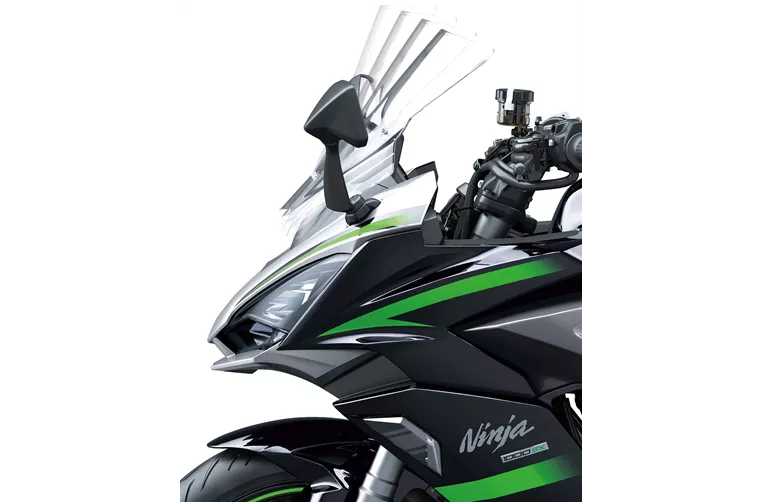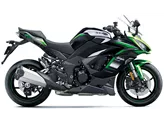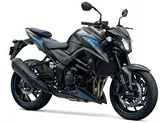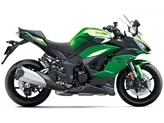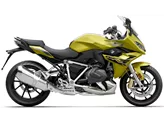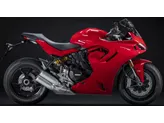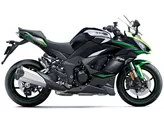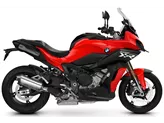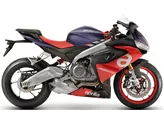Kawasaki Z900 2017 vs. Kawasaki Ninja 1000SX 2020

Kawasaki Z900 2017
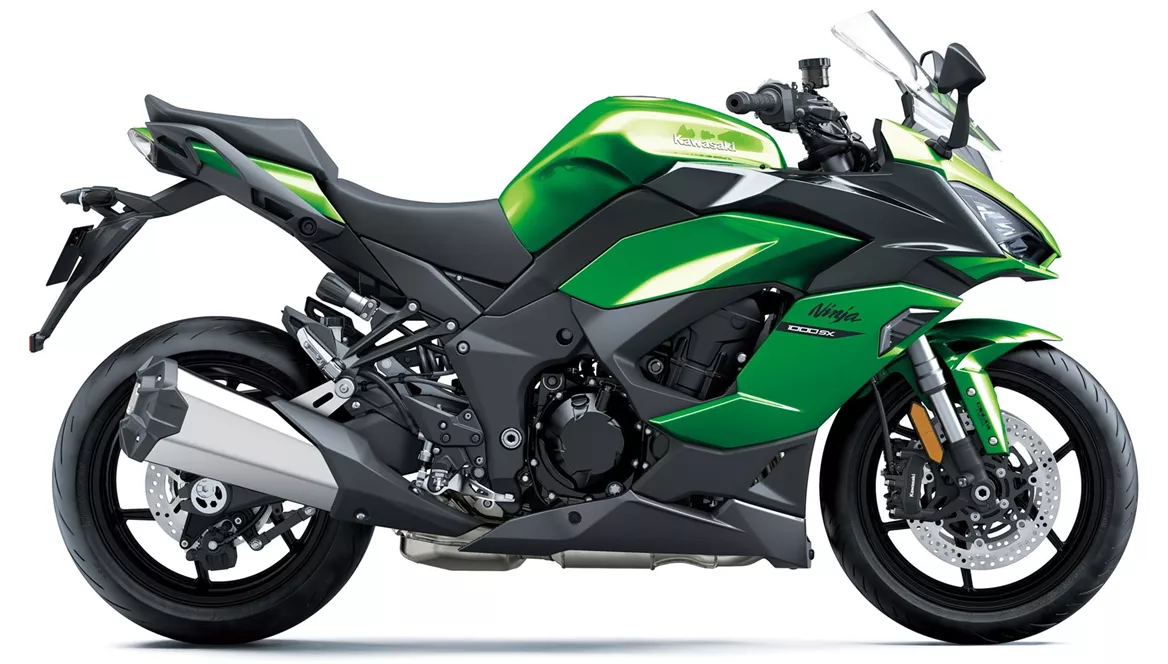
Kawasaki Ninja 1000SX 2020
Overview - Kawasaki Z900 2017 vs Kawasaki Ninja 1000SX 2020
The Kawasaki Z900 2017 and the Kawasaki Ninja 1000SX 2020 are both impressive motorcycles, but they have some notable differences.
Starting with the engine, the Z900 2017 has a 125.4 HP engine with a torque of 98.6 Nm, while the Ninja 1000SX 2020 boasts a more powerful 142 HP engine with a torque of 111 Nm. This means that the Ninja 1000SX has a higher power output, providing a more exhilarating riding experience.
In terms of fuel system and transmission, both bikes have injection systems and chain transmissions, ensuring smooth and efficient power delivery.
Both motorcycles have 4 cylinders and are 4-stroke engines, ensuring a balanced and responsive performance. They also have liquid cooling, which helps maintain optimal engine temperatures even during long rides.

Kawasaki Z900 2017
When it comes to suspension, both bikes feature upside-down telescopic forks at the front and swing arm suspension at the rear. However, the Ninja 1000SX 2020 has a slightly longer travel for both the front and rear suspension, at 120 mm and 144 mm respectively, compared to the Z900 2017's 120 mm and 140 mm. This means that the Ninja 1000SX provides a more comfortable and stable ride, especially over rough surfaces.
In terms of chassis, the Z900 2017 has a steel frame, while the Ninja 1000SX 2020 features an aluminum frame. The aluminum frame on the Ninja 1000SX provides a lighter and more rigid structure, enhancing the bike's overall handling and maneuverability.
Both motorcycles have double disk brakes at the front with a diameter of 300 mm and four-piston calipers. However, the Ninja 1000SX 2020 has radial, monoblock, petal technology, which offers improved braking performance and heat dissipation.
When it comes to advanced rider assistance systems, the Ninja 1000SX 2020 takes the lead. It offers ABS, riding modes, cornering ABS, ride by wire, a quickshifter, and traction control. These features enhance the bike's safety and performance, allowing the rider to have more control in various riding conditions.
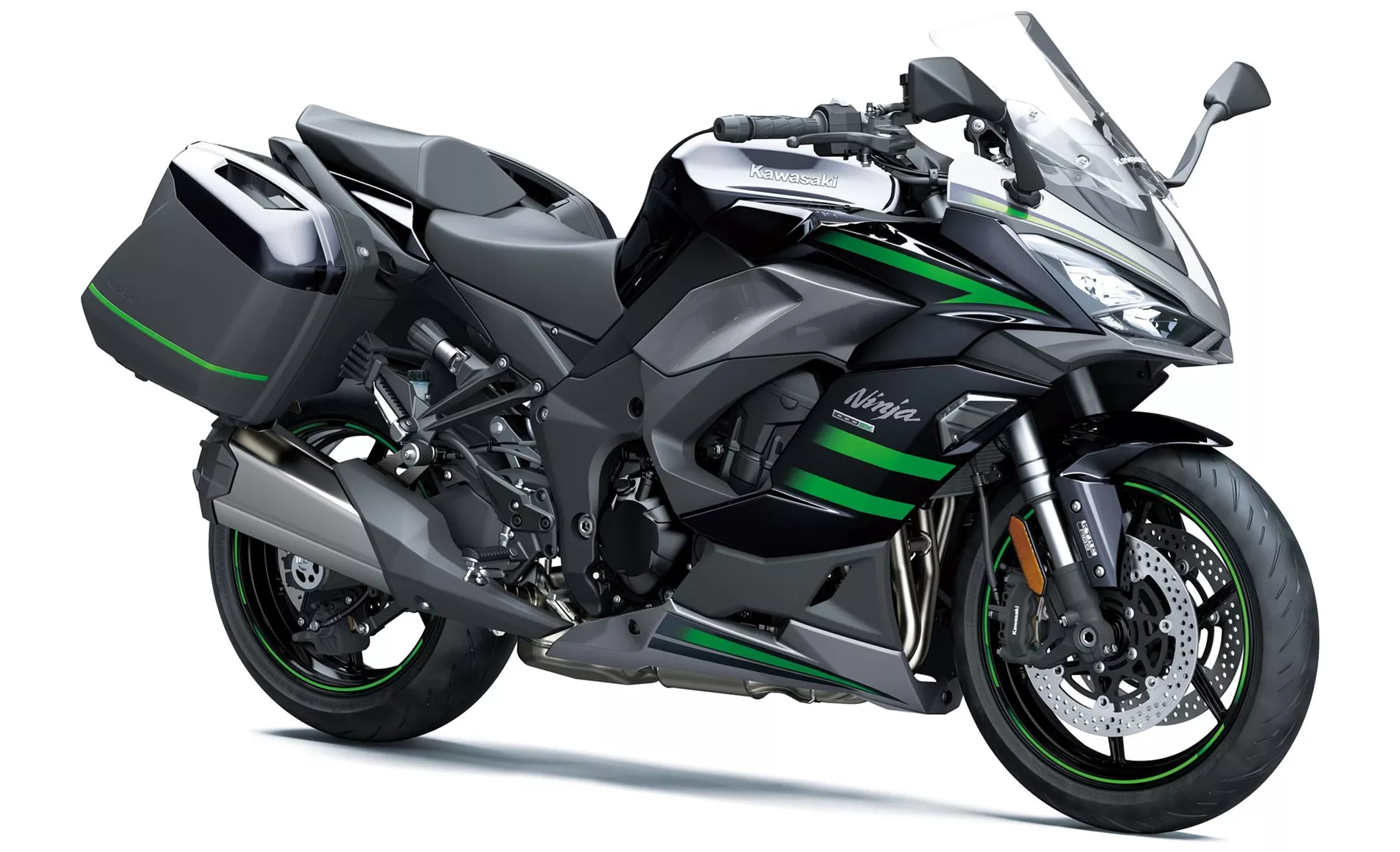
Kawasaki Ninja 1000SX 2020
In terms of dimensions and weights, the Z900 2017 has a wheelbase of 1450 mm and a seat height of 795 mm, while the Ninja 1000SX 2020 has a slightly shorter wheelbase of 1440 mm and a higher seat height of 834.98 mm. The kerb weight of the Z900 2017 is 210 kg, while the Ninja 1000SX 2020 is slightly heavier at 235 kg.
In terms of strengths, the Z900 2017 is praised for its ingenious naked bike chassis, superb looks, responsive engine, and the perfect balance of performance, price, and practicality. On the other hand, the Ninja 1000SX 2020 is commended for its refined and powerful engine, balanced handling, comfortable chassis, modern looks, good brakes, LED lights, color TFT display, and standard cruise control.
As for weaknesses, the Z900 2017 is criticized for having a narrow knee angle, which may be uncomfortable for taller riders. The Ninja 1000SX 2020's only weakness mentioned is the windshield adjustment, which requires both hands and cannot be done without tools.
In conclusion, while both the Kawasaki Z900 2017 and the Kawasaki Ninja 1000SX 2020 are impressive motorcycles, the Ninja 1000SX offers more power, advanced rider assistance systems, and a more comfortable and refined riding experience. However, the Z900 2017 still holds its own with its stylish design and a good balance of performance and practicality.
Technical Specifications Kawasaki Z900 2017 compared to Kawasaki Ninja 1000SX 2020
Pros and Cons in comparison
Pros and Cons in comparison
Kawasaki Z900 2017

An incredibly well-designed motorbike. A lot of test work and attention to detail went into it. It has exactly the right power, exactly the right chassis and exactly the right look. An all-round successful naked bike that will make you happy for a long time. If you like, you can ride it simply and faithfully, but if you want, you can also ride it really fast and it wheels like hell. Great!
Kawasaki Ninja 1000SX 2020
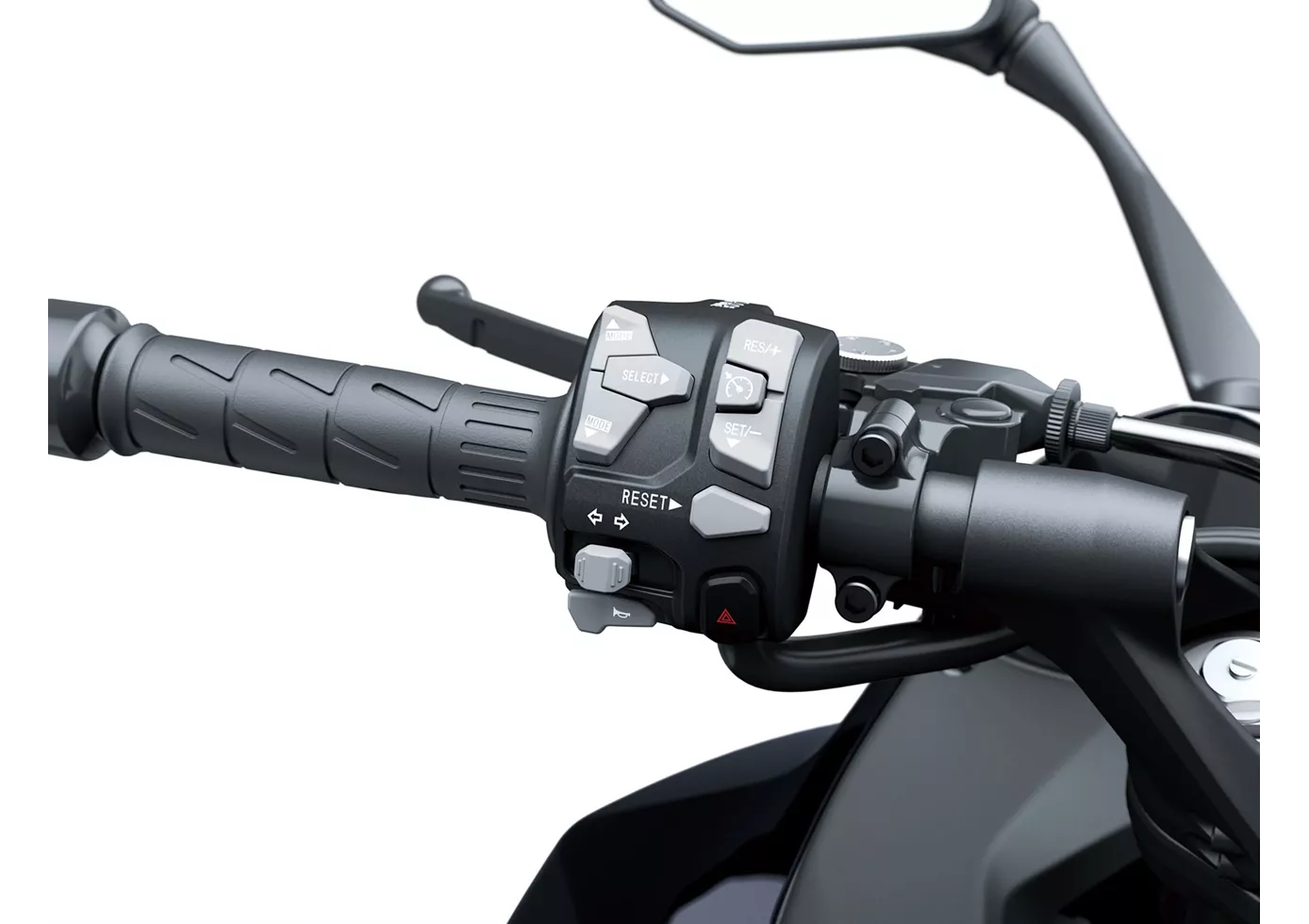
The Kawasaki Ninja 1000SX is more evolution than revolution - but what is the point of reinventing everything in a balanced sports tourer? But the new name is definitely justified, with the many new features made possible by the Ride-by-Wire system, among others, the sports tourer is absolutely up to date. Cornering ABS, modern traction control and riding modes provide safety and adjustment options to personal preferences, the shift assistant favours sport as well as touring. What's more, the price is hot (at least in Austria)!
Price Comparison Avarage Market Price Kawasaki Z900 vs Kawasaki Ninja 1000SX
There are a few key differences between a Kawasaki Z900 2017 and a Kawasaki Ninja 1000SX 2020. In terms of price, the actual average price of a Kawasaki Ninja 1000SX 2020 is about 31% higher. Compared to Kawasaki Ninja 1000SX 2020 there are more Kawasaki Z900 2017 bikes available on the 1000PS.de Marketplace, specifically 43 compared to 10. It takes less time to sell a Kawasaki Ninja 1000SX with 83 days compared to 85 days for the Kawasaki Z900. Since model year 2017 1000PS.de editors have written 46 reviews for the Kawasaki Z900 and 13 reviews for the Kawasaki Ninja 1000SX since model year 2020. The first review for the Kawasaki Z900 was published on 11/11/2016 and now has more than 93,200 views. This compares to more than 40,500 views for the first review on Kawasaki Ninja 1000SX published on 11/5/2019.

